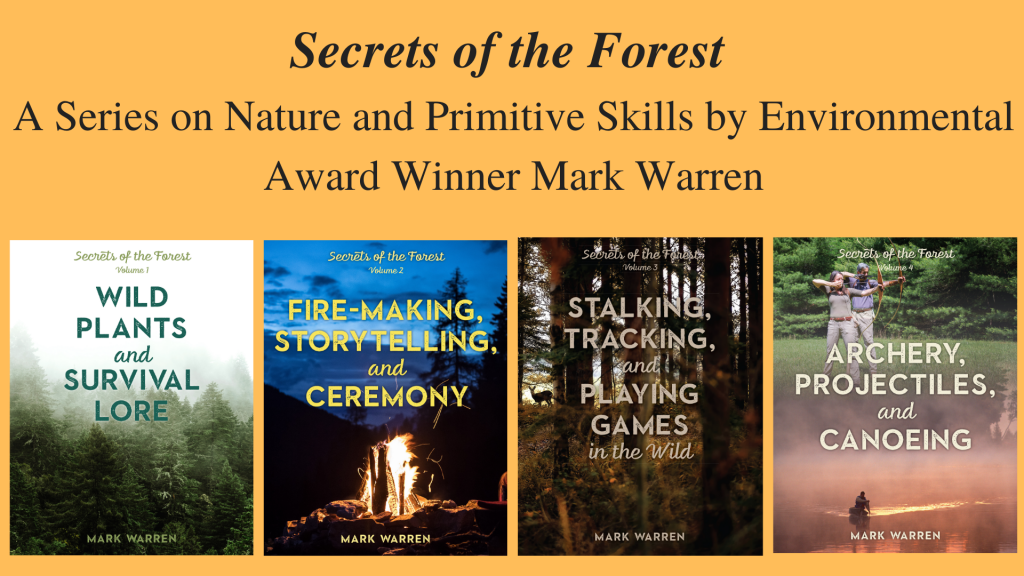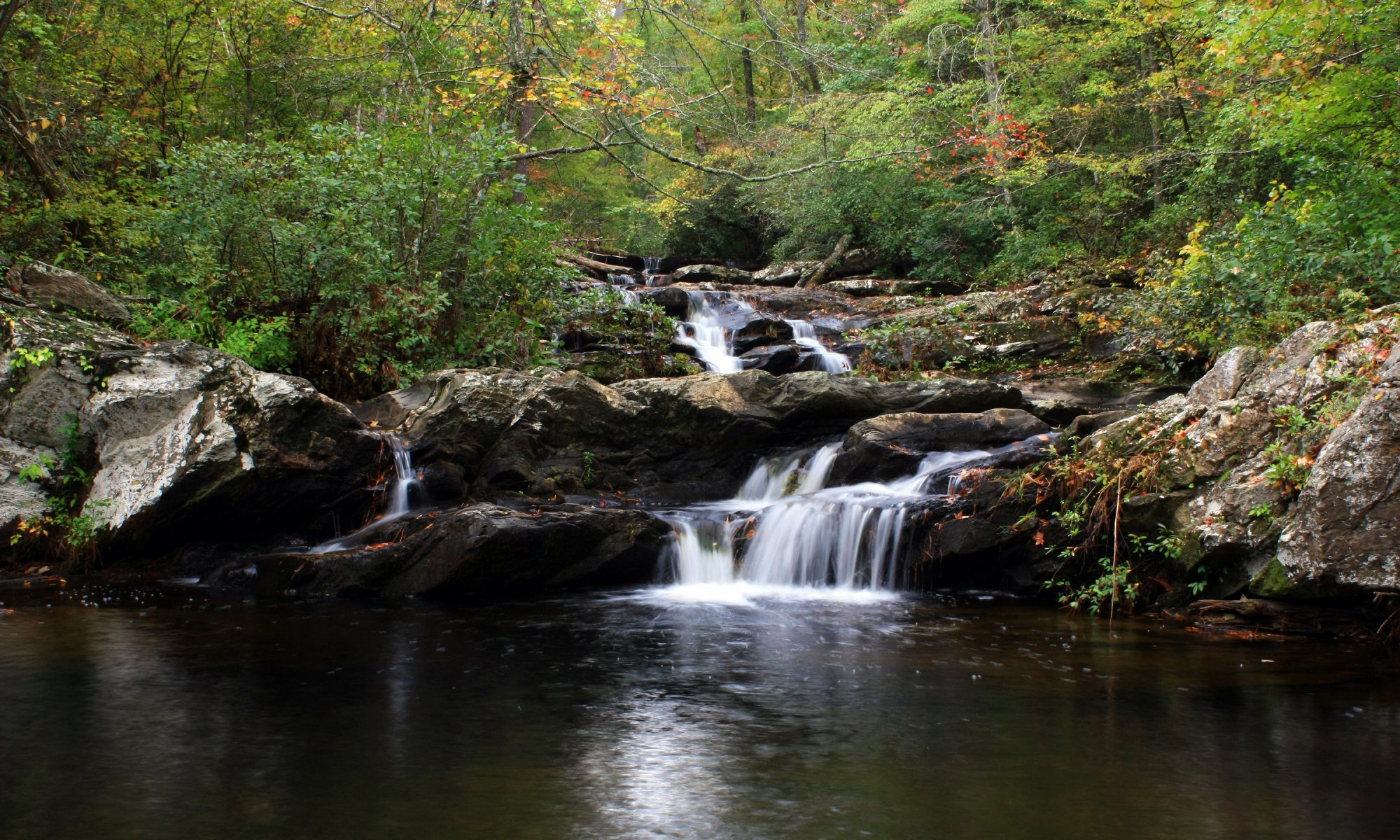If you are a nature-lover, an animal-lover, a nature-writer, nature photographer, or simply a natural explorer, you might be interested in an old hunter’s trick.
Simply put, stalking is all about being sneaky. It is an art of deception that requires both physical and mental discipline. To successfully stalk an animal of the wild, a human must hide, mask, alter, or eliminate the following telltale clues to his or her presence: 1.) eye-catching movement, 2.) displaying the classic human silhouette, 3.) vocal sounds and sounds from articles worn (rustling, swishing, creaking) or carried (sloshing, clinking, jingling, rattling), 4.) sounds underfoot from body weight, 5.) body scent, and 6.) alarming other animals incidental to the area.
There is a part of us that will always love the concept of hiding. Think how many times in your life you have enjoyed “sneaking up on” someone – a friend, a relative … or even a pet. The thrill of becoming invisible is probably atavistic, trickling down to us through our genes from our paleo-ancestor-hunters. Even outside the hunting arena, there is a singular excitement in being present to observe while, in turn, not being observed.
Centuries ago native hunters stalked through these Eastern woodlands where I live. They moved slower than you might guess, gliding on legs made strong by the demands of hunting and by the mountain terrain itself. It takes great patience to stalk successfully, but in the old days such a hunter might never have mentioned this quality. Slowing down was simply a necessity that brooked no lapses or short-cuts. It was part of the daily work of surviving. Without a dedication to that work, he went hungry.
In the dense forests of the Eastern U.S., a bow-hunter faced two consistent problems almost everywhere he turned. First, he needed an open “window” through which his arrow could fly undisturbed toward his target. Obstacles to deflect a projectile were everywhere: tree trunks, branches, shrubs, vines, and boughs of leaves. Even a single leaf can spoil the trajectory of an otherwise perfectly launched arrow.
The second problem lay beneath the hunter’s moccasins. Whenever he moved, the stalker had to step upon the forest’s ground cover of dead leaves and twigs … without alerting wildlife. How did the ancient hunters solve these problems?
If the cluttered maze of the woods denied a long shot at an animal, then these native bow-hunters were forced to reduce the distance between hunter and prey. (This is one of many stories about the land shaping the lives of the people who inhabit it.) There were four ways to achieve a closer shot: 1.) setting up a blind (or simply hiding) and waiting for an animal to approach, 2.) luring an animal with an intriguing sound, scent, or curious motion, 3.) setting a trap that could maim, kill, or contain the animal, or 4.) approaching the animal with stealth. The ancient hunters used all these techniques, but none so shaped their physical lives as the last option: stalking.
Ironically, by choosing to close the distance of hunter and prey to solve the first problem, the hunter exacerbated the second problem. Moving across that noisy forest floor only became more challenging as he got closer to his prey. How did he eliminate the sounds produced by his body-weight on all of the crumbly items underfoot? He didn’t. He simply spread them out by applying his weight to the earth so slowly that the little “ticks” and “pops” and “cracks” of crushed leaves were heard individually rather than en masse. It is true that a twig can break no matter how slowly a foot comes down on it, and such a “snap” is undoubtedly an alarm to an animal. But the supple sole of his moccasin allowed the stalker to detect twigs by touch and thereby avoid them.
What was left – the crackling of leaves – was so spread out that it could easily have been interpreted as the ramblings of a beetle. In fact, many insects are noisier in dry leaves than a skilled stalker.
Stalking was also necessary in warfare, where the stakes were higher. Stealth could save the life of a man or woman moving through enemy territory.
Hollywood has given us the wrong impression about the actual mechanics of stalking. In terms of movie-making, it would be impractical to show an authentic stalker moving even one step. The scene would last three minutes. Instead, filmmakers have chosen to depict “Indians” with preternatural abilities of soundless movement by simply turning off the sound on a sneaking-up-on-the-white-man scene. As a result, movies have duped audiences into believing that Native Americans possessed some kind of innate magic. It wasn’t magic. They exercised supreme body control, strength, and balance … all dictated by need. Stalking had to be learned, practiced, and mastered.
It does take work and practice to stalk well, but – barring a severe handicap – most people have the necessary ingredients to become successful stalkers. What is lacking is need. Few Americans need to hunt to live. Strolling the aisles of a grocery store is easier. Even among those who do hunt, only a small percentage choose to stalk. Most sit in a tree stand – usually a small, factory-made seat attached to a tree trunk. I have seen cushioned armchairs perched fifteen feet off the ground on more elaborate platforms.
The first hunter-stalkers of history also faced a mental challenge: to remain calm and controlled under the high-tension and stress of a stalking-to-kill scenario. They probably sensed by instinct the arguable point that “nerves” alone can announce an interloper’s presence in the forest, and so they mastered a relaxed mindset.
More than a hunter’s skill, stalking is a method of getting closer to wildlife simply to observe. The grace of stalking even finds its way into everyday life. It can change the way one walks or runs by using the legs like shock-absorbers. Powers of awareness are heightened. Movement becomes more economical. Strength and balance improve.
One of stalking’s greatest contributions is in adding to the scrapbook of a person’s life. The memories of animal encounters that I have earned by stalking are some of the most powerful images filed away inside my head. These treasures could not have been acquired by any shortcut, save the technology of a high-powered lens, but that piece of optical equipment removes a person from the intimacy of the “duet.” From a distance an observer does not hear, smell, and feel the same stimuli that the animal is experiencing.
Stalking emphasizes an all-important tenet of primitive skills: that merit is the abiding law of Nature. Deer and bear, chipmunk and turkey, fox and crow … all are unforgiving critics to the beginner stalker. To be successful one must perform with an excellence measured by the standards of the animals he stalks.
Perhaps most importantly, stalking elevates one’s status in the forest from visitor to participant. In a sense, the stalker must “go wild.” He abandons as much of his human traits as possible: silhouette, scent, habitual gait rhythm, talkativeness, and heavy-footed passage through the forest. To transcend to this state of wildness is a profound shift. Perhaps only those who experience it can appreciate its depth.
Even on days when I struck out into wilderness for the sole purpose of simply seeing whatever animal I could see – if my only sightings were birds, squirrels, chipmunks, spiders, and insects – still I was keenly aware of my place in the community of the forest.
Naturally, when I set out, I hoped for a more dramatic sighting – a bear, fox or deer – but I felt my intimacy with the forest take a quantum leap. Whenever a student asks me about the best ways to find that personal portal into the bonding of human and Nature, I often recommend: “Go out alone into the wild … and stalk.”
When I was younger and just beginning to embrace stalking as an adventure, hundreds of challenges popped up in my life that had nothing at all to do with animals. I became so interested in the cause-and-effect relationship of movement and sound that my curiosity carried over into every facet of my everyday life. I began to entertain little challenges that had not occurred to me before I was a stalker: setting a drinking glass down on a wooden tabletop without any sound; sitting on the ground Indian style and rising slowly without repositioning my feet and without a rustle of clothing; closing a door silently by pushing and pulling on it at the same time, letting the latch catch without a click, then easing the turned knob back to its resting place; moving so slowly through a room that the movement of my shadow could not be detected in my peripheral vision.
But the richest part of stalking is the collection of moments indelibly imprinted in memory: the gray fox trotting past my leg; the woodchuck herding her babies; the black bear climbing the serviceberry tree to feast on its fruit. Every image is priceless.
From Volume three of “Secrets of the Forest.”
www.secretsoftheforestbook.com


